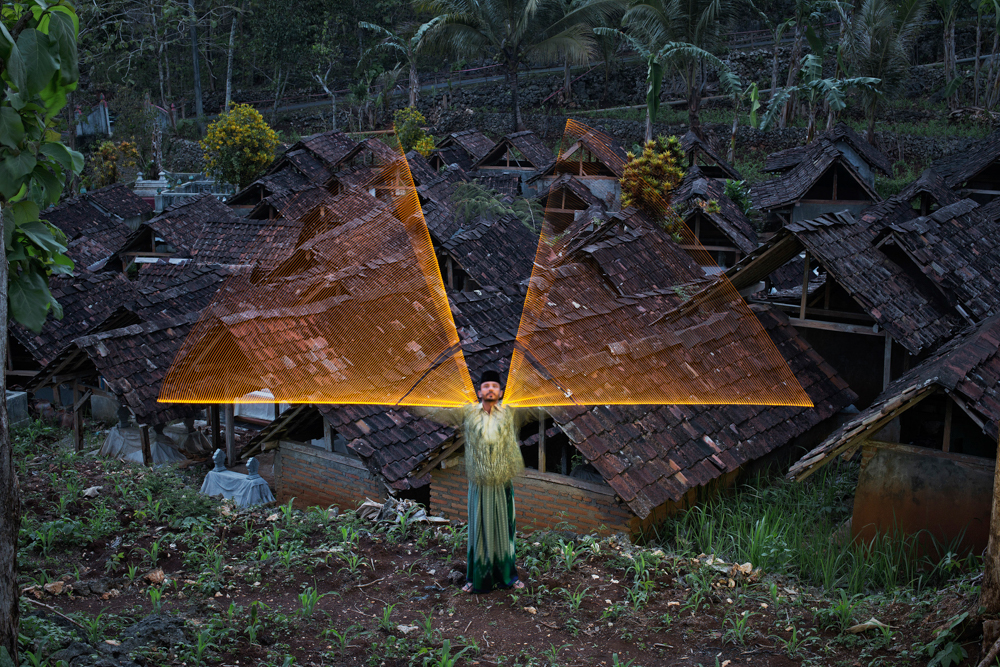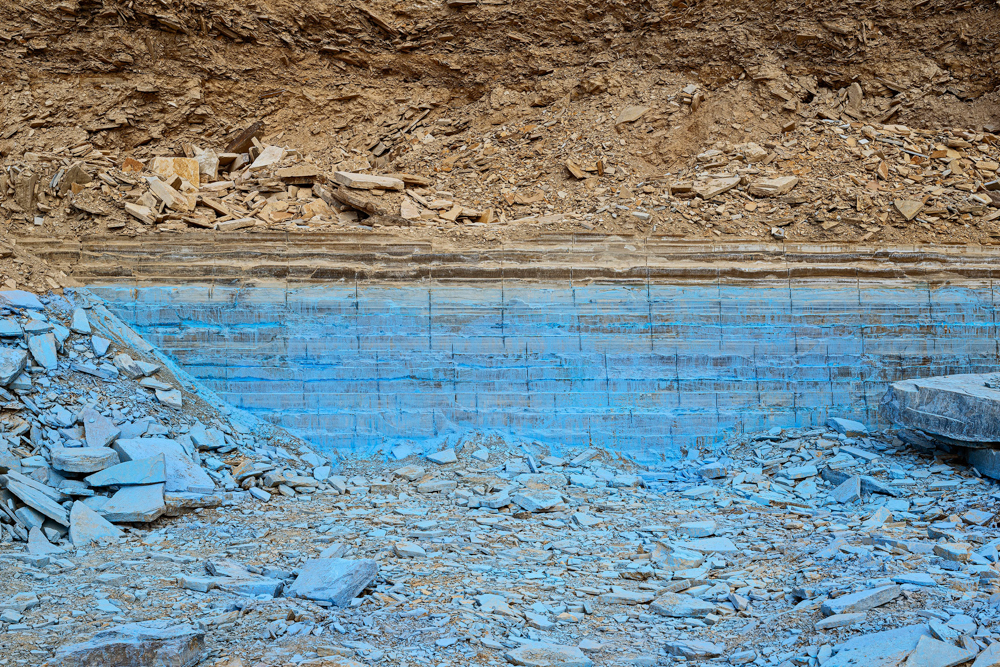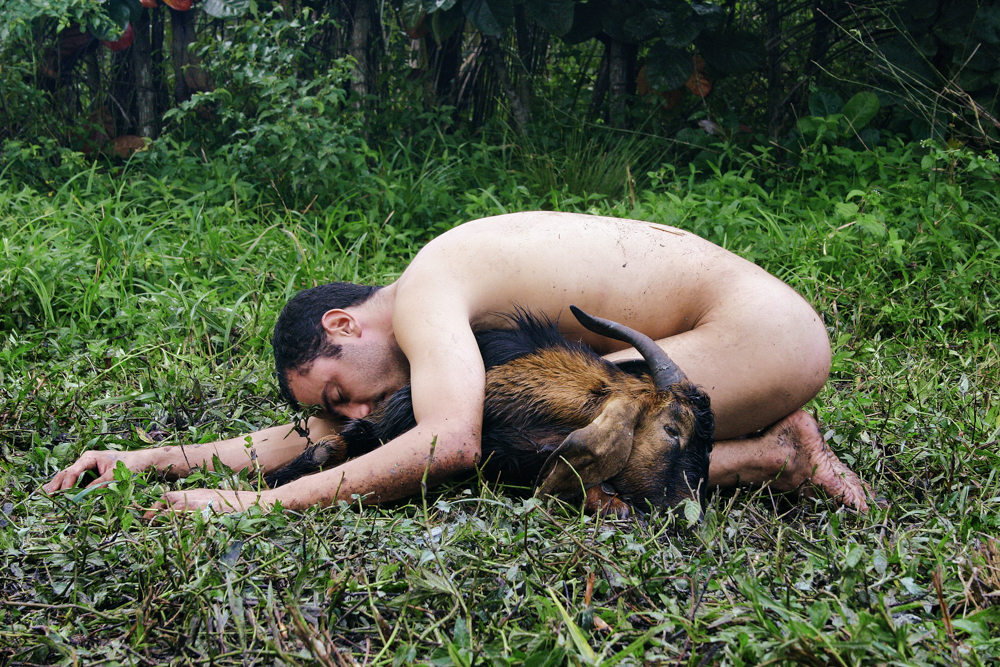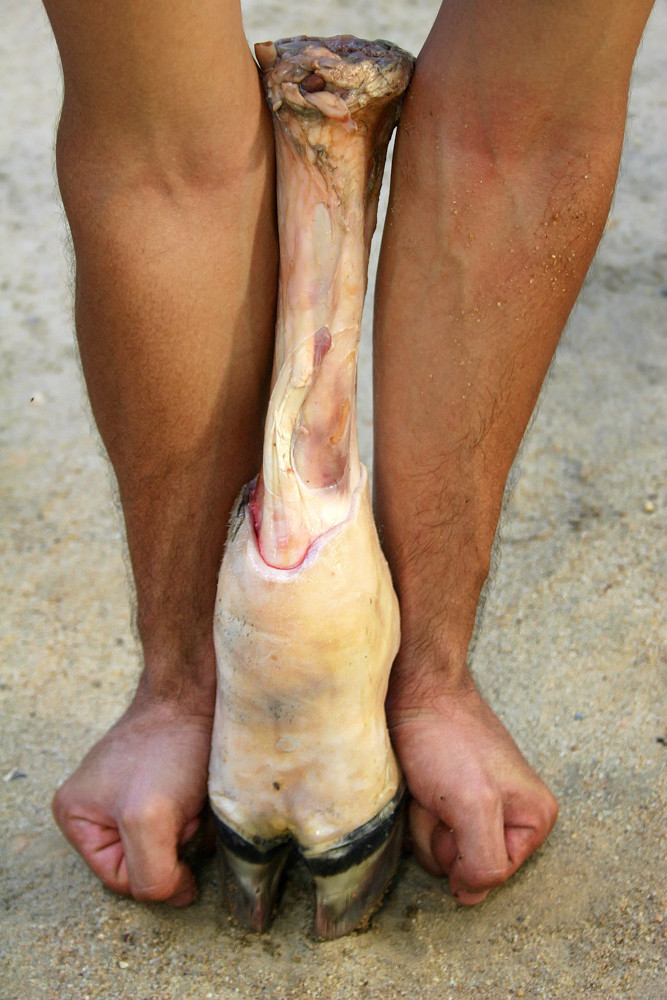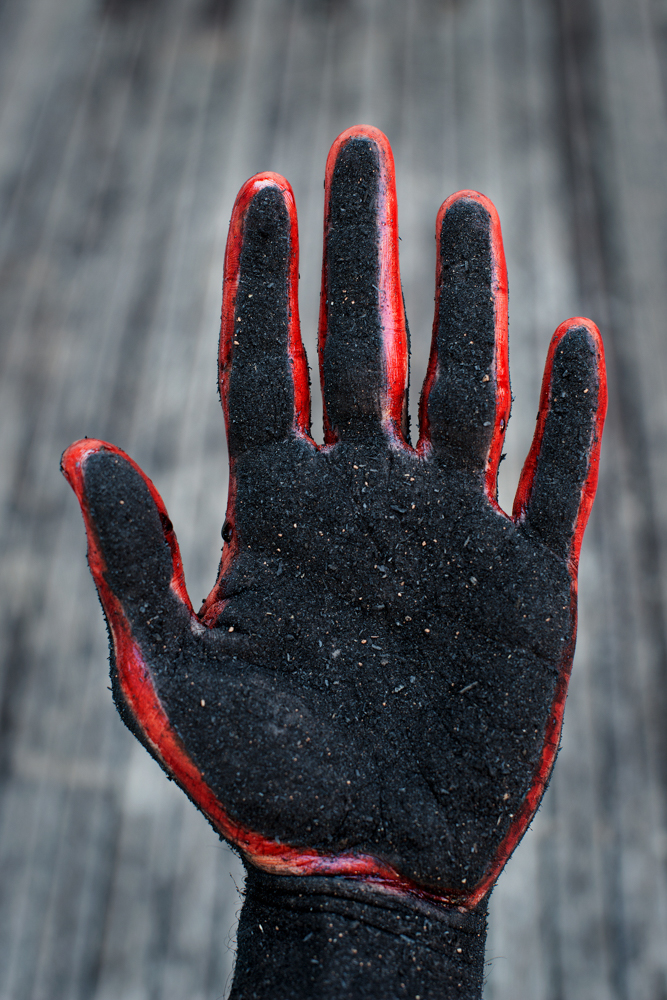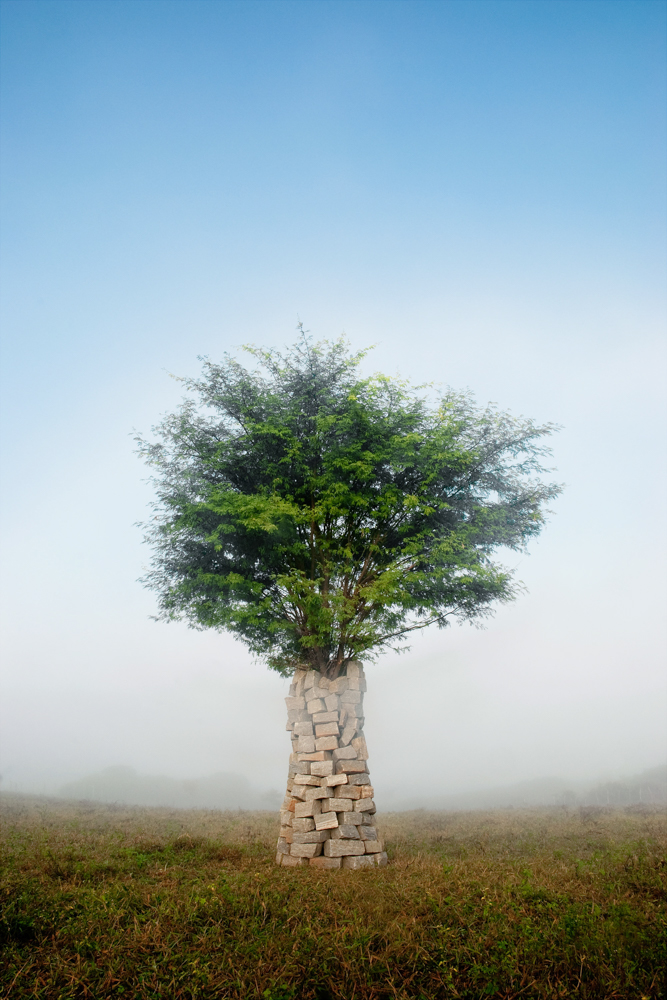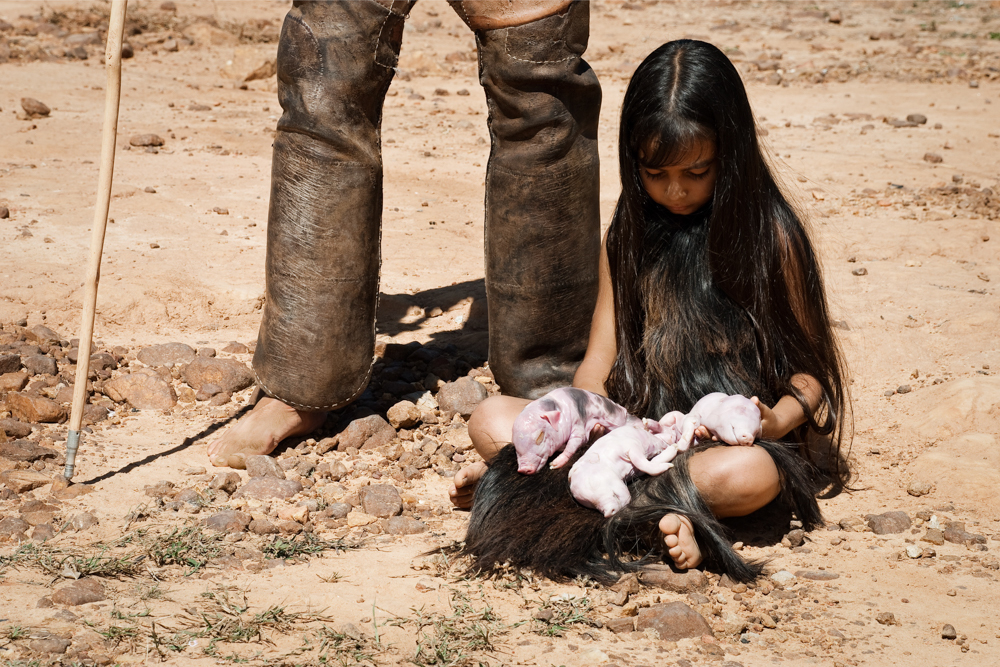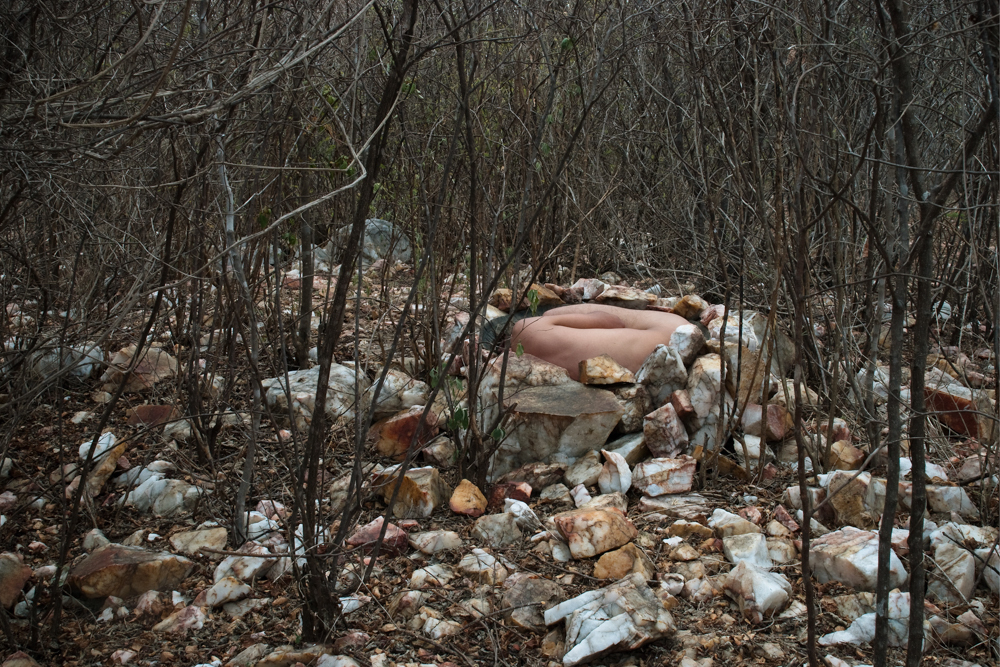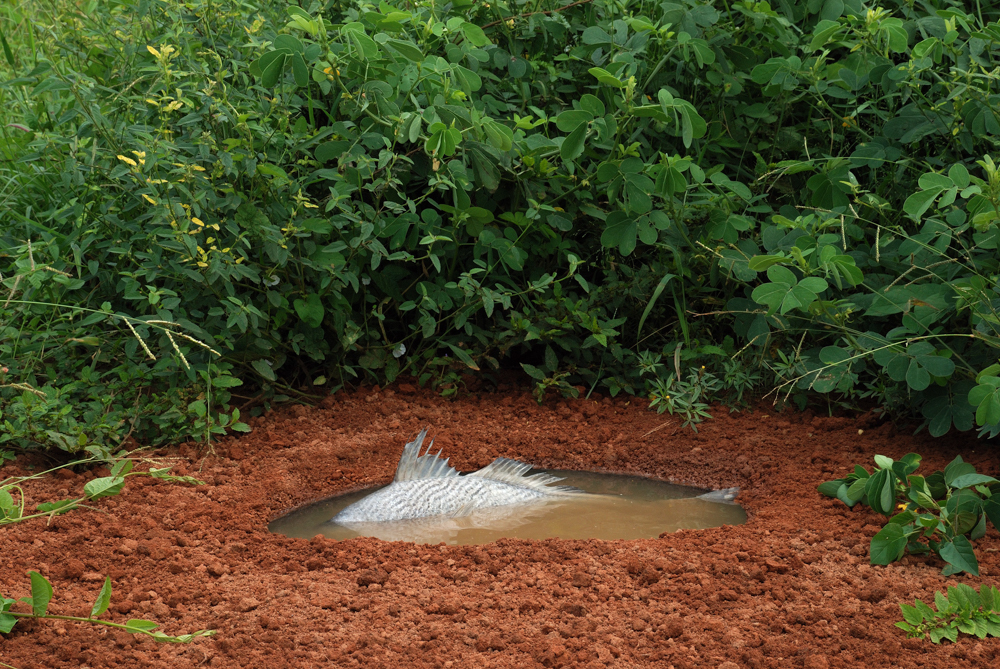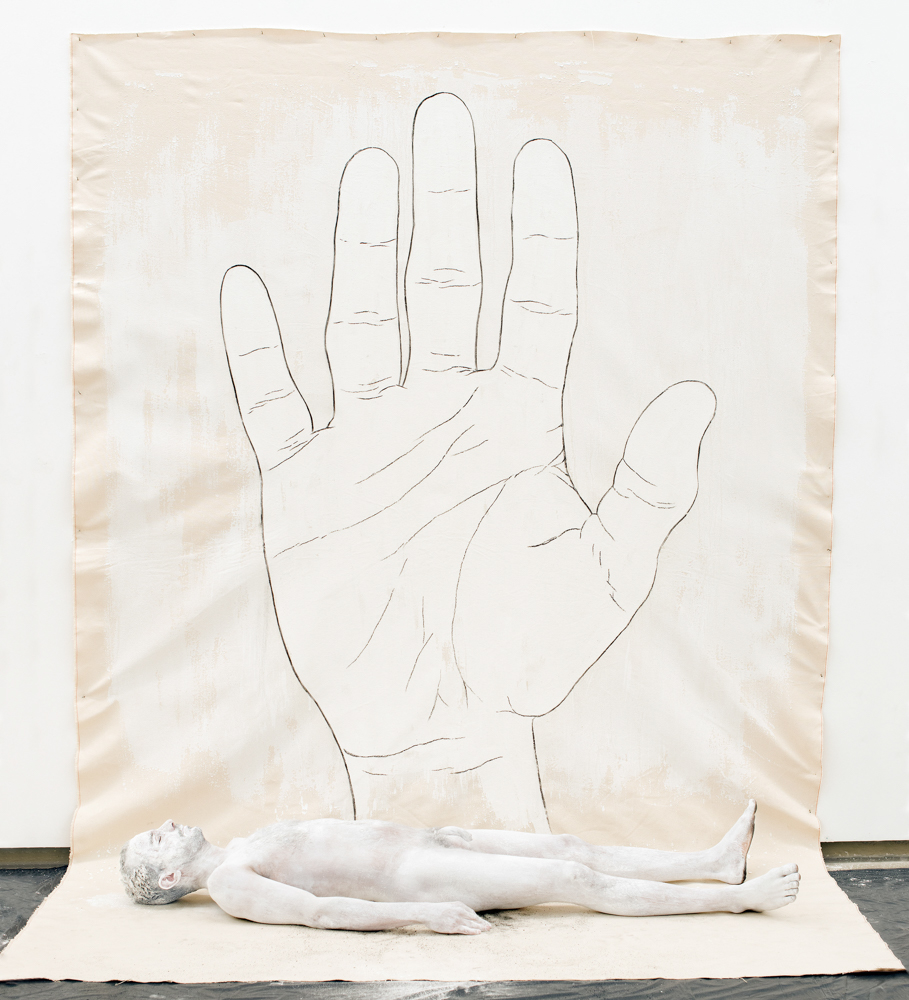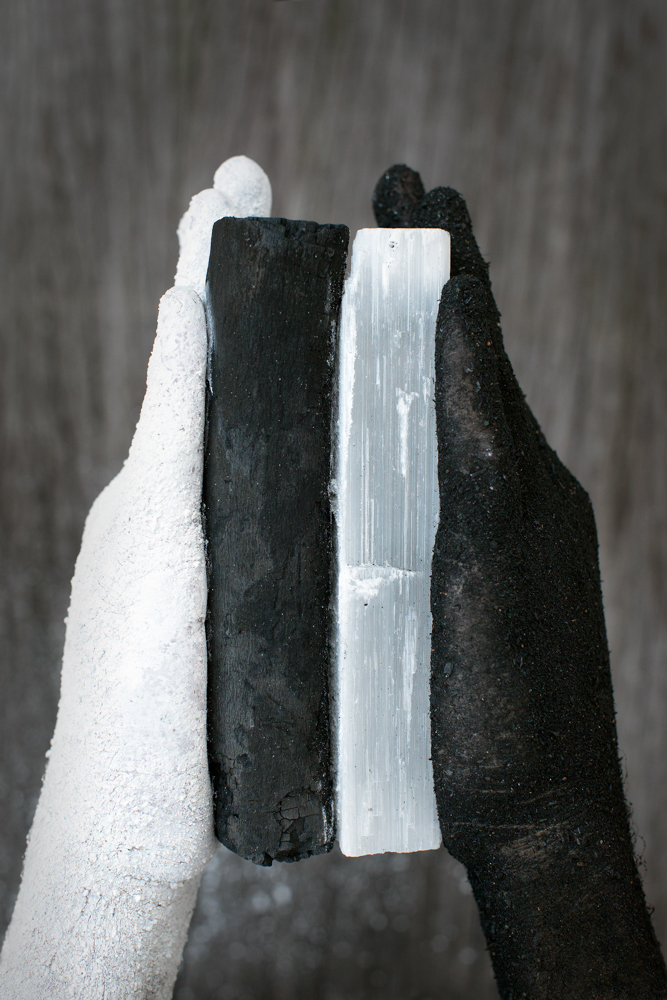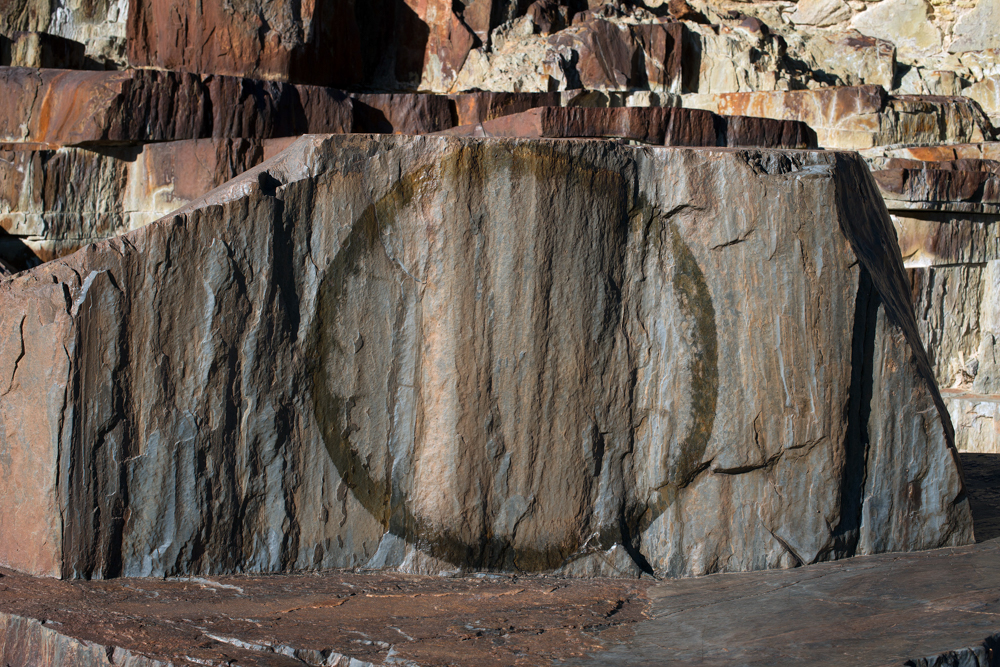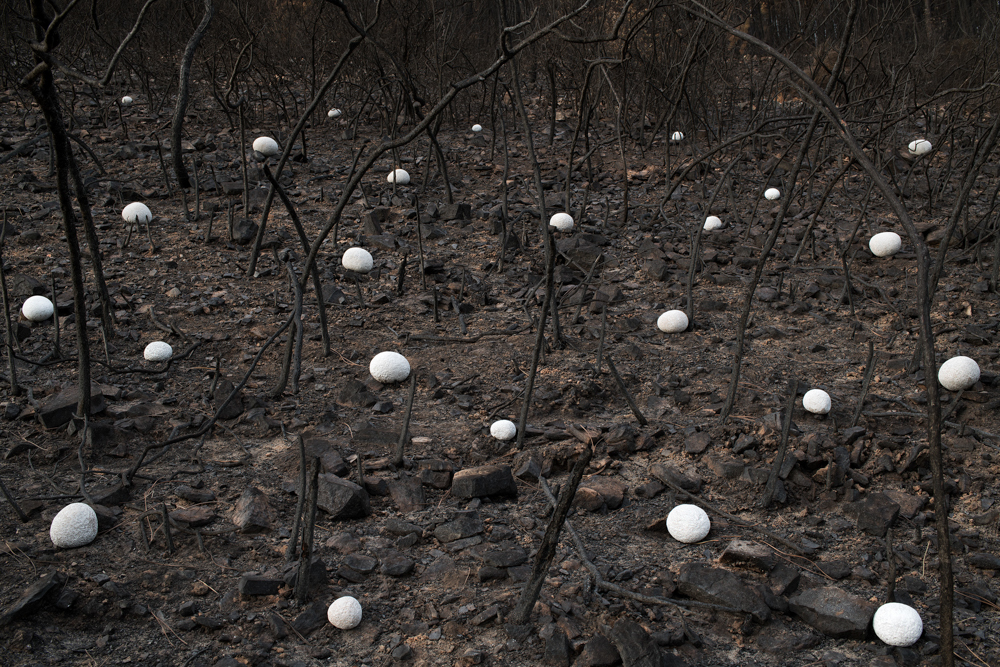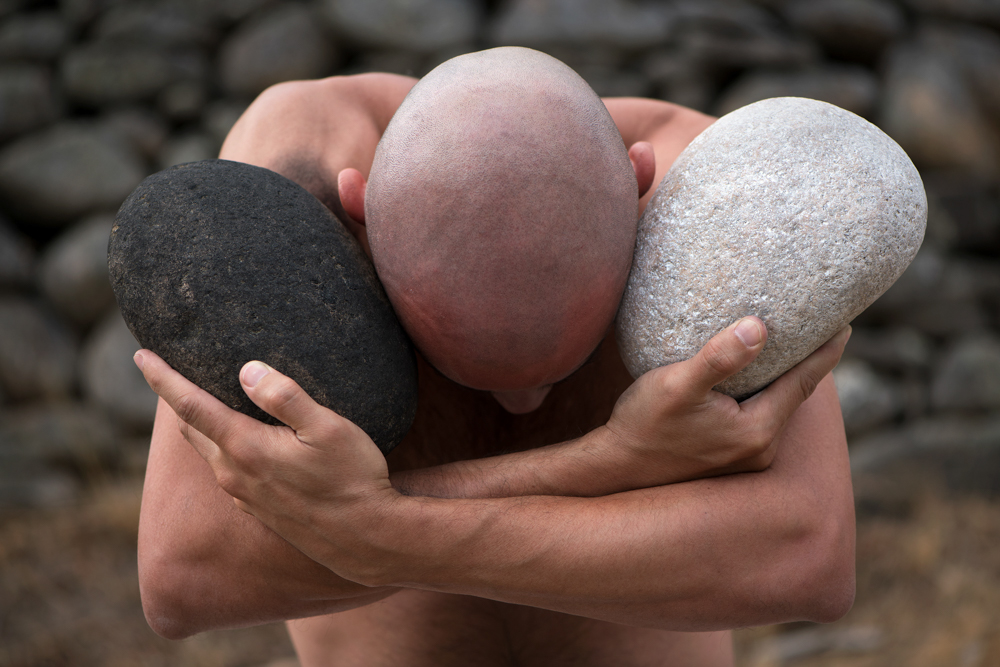Brazil Week: Rodrigo Braga
This week we will turn our attention to Brazilian Photography. We’ll begin with the touching and necessary work of Claudia Andujar on the essence and transformation of the Yanomami indigenous people, we’ll delve into the rituals full of meanings of Rodrigo Braga , we’ll get to know the creative narratives of Lenora de Barros through the records of incredible video performances, we’ll be delighted with the sublime poetic fictions of Alexandre Sequeira and finally we will get to know the creative work of the acclaimed Rosangela Rennó, the photographer who does not photograph. – Ana Leal
Born in Manaus (Amazon, Brazil) in 1976, Rodrigo Braga graduated in Visual Arts at the Federal University of Pernambuco (Recife, Northeast Brazil, 2002). Exhibiting since 1999, Braga has been nominated for several international awards and received some of the main prizes for contemporary art in Brazil, such as the PIPA Prize 2012 and the MASP Emerging Talent Prize 2013. In 2012 he participated in the 30th International Biennial of São Paulo. A year later he exhibited the work Tônus at the MoMA PS1 Cinema in New York. In 2016 he held a solo show at Palais de Tokyo (SAM Art Projects Award), Paris. His works are held in private and public collections, such as MAM-SP, MAM-RJ and MEP – Maison Européenne de La Photographie – Paris. Currently based between Paris and Rio de Janeiro.
Follow Rodrigo Braga on Instagram: @rodrigo.b.braga
During the last 20 years I’ve been working by immersing in several rural, suburban or forested landscapes around the world. My main media are photography and video, resulting in images between the real and the fictional. With a rather body-based practices, my creations are close to a kind of ritualizations of the spaces, that re-signify the elements around through my presence, my gesture and some manual constructions in the place. My works deals with my own subjectivity but also touches political issues that draw my attention and that are, in fact, central to the current socio-environmental discussions. – Rodrigo Braga
What led you to work with photography? And what keeps you connected to it?
At the beginning of my education and career I studied and dedicated a lot to the so-called traditional techniques: drawing, painting, sculpture and engraving. But soon after I began to experiment with photography in association of languages, until, gradually, I began to assume photography as my main practice. This passage happened mainly due to my dissatisfaction with painting, which did not fully suit me to express my thoughts. When I was still young I realized that manual techniques on paper or canvas tend to represent, while photography presents and brings us closer to the real world.
However, it is not only the reality that interests me. As an artist I also want to be close to the imagery and the subjective construction of the image. And for this, photography is also a very powerful tool. Paradoxically, it is exactly in the supposed limits of the camera where its magic lies. That is, the cutting out of time and space makes it possible, by subtraction, to see what is not in the photo. For the artist’s photography, there are always other narratives than the one given on the surface of the image. Photography doesn’t need to tell a single story, on the contrary, authorial and contaminated photography can be ambiguous, dissident, contradictory, inquiring. And for me this is the charm of this medium: the power to open conversations and create distinct narratives, from the point of view of several people, from a single image.
Photography at once allows me to deal with reality more directly, but it also enables me to create what I want to see and what I want to show from a singular experience or my worldview.
What motivates you to start a new project?
The human being and his environment. But not in a passive or idyllic way, but rather through the tense aspects of this relationship, through the discomfort of this turbulent existence of the human being on Earth. Having grown up among environmentalists in the 80s and 90s, social-environmental issues have always been on my agenda even before I became a professional artist. For this reason, places or situations in which conflicts appear between human action and their natural or rural environment call my attention and can be the object of my productions. Not only in Brazil but in any part of the world everything can stimulate me if it is a complex situation that shows the difficult human ethics between wanting well in discourse and doing bad to nature, to other beings, and to ourselves.
What are the biggest challenges you face?
Although in general I do not have big resources for my productions, I somehow always manage to overcome technical or logistical challenges. Everything is done within the possible, and in the end creativity makes what seems impossible viable.
So, I would say, my biggest challenge I think is myself, my mind and my emotions. Dealing with the world as it is, with all its unhealthy hypertrophies in the anthropogenic age, becomes gradually more difficult the higher is our level of information and sensitivity. My realism and my sense of belonging and responsibility to the world penalizes me, but it also makes me act through my work, creating worlds and reflective possibilities to share with others. Not only the existential anguishes about the collapsing beings that are announced mobilize me, but this abyss also pushes me to discuss new possibilities, other ways out, other ways of existing, even if it is in the idealized field of art.
The issue of duality, especially the clash between life and death, is recurrent in your work. Could you talk a little about this theme?
The dualities that I work with are, in fact, peculiar to the contradictory beings that we are, especially modern urban men and women.
I believe that what I have been doing during these last two decades is trying to bring the human-animal and the non-human animal closer together, putting them side by side, even if this pairing sometimes denotes some hierarchy. Man is pretentiously at the top of a natural chain, for good and especially for evil. But death, for example, in my production is seen in a cyclical way, as part of a continuity that inevitably belongs to all the living. Just as the body matter, with all its synesthesia – be it pleasant or painful – belongs to all animals. Cosmological thinking is a knowledge of ancient peoples – notably Amerindians – that resonates with concepts of biology, which I consider, and which I think we need to retake. In some works throughout my career I have indirectly dealt with this through photographs and videos, as in the series Compensation Fantasy, Communion, On The Cynical Compassion, Tone…
Recently, other dichotomies have emerged more directly. Right and left, black and white, positive and negative poles, for example, appear as clear signs of an increasingly divided society. Stones, dust, coal, and plaster also enter this plot as metaphors for a stiffened and insensitive man.
And what lies ahead?
I am currently engaged in a new production using photography, objects and drawings. The series Ponto zero was started in 2018 in Brazil but also follows paths in Portugal and France. I have already presented small parts of this production in exhibitions in Brazil, USA and Europe, but I plan an exhibition of the whole set, as well as a photobook for 2024.
Born in Northeastern Brazil and based in São Paulo, Ana Leal is an artist who works primarily in photography, considering it to be a tool for both depicting and escaping from reality.
Inspired by minimalist traditions and impressionist painters her images result simple and often abstract. She captures imagery she observes or stages shooting with 50mm lenses.
Leal is a Gold Award winner on the 2020 Tokyo International Foto Awards and the 15th Julia Margaret Cameron Award Winner both in the abstract category. She completed her Master of Fine Arts at Miami International University of Arts and Design (2018) and her work is part of the collection of the Florida Museum of Photographic Arts – FMoPA.
IG : @analealphoto
Posts on Lenscratch may not be reproduced without the permission of the Lenscratch staff and the photographer.
Recommended
-
Salua Ares: Absense as FormNovember 29th, 2025
-
Ricardo Miguel Hernández: When the memory turns to dust and Beyond PainNovember 28th, 2025
-
Pamela Landau Connolly: Columbus DriveNovember 26th, 2025
-
KELIY ANDERSON-STALEY: Wilderness No longer at the Edge of ThingsNovember 19th, 2025
-
Jackie Mulder: Thought TrailsNovember 18th, 2025

